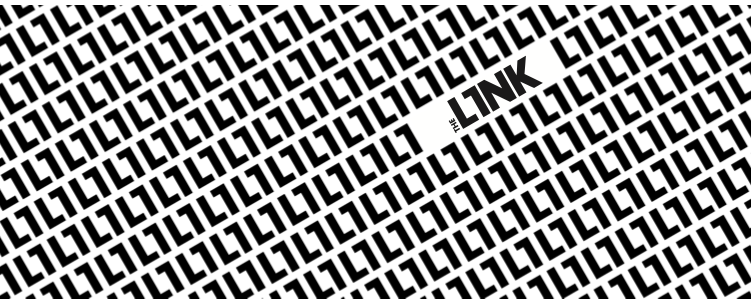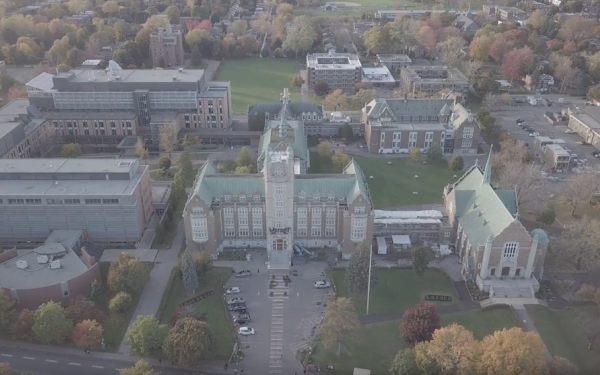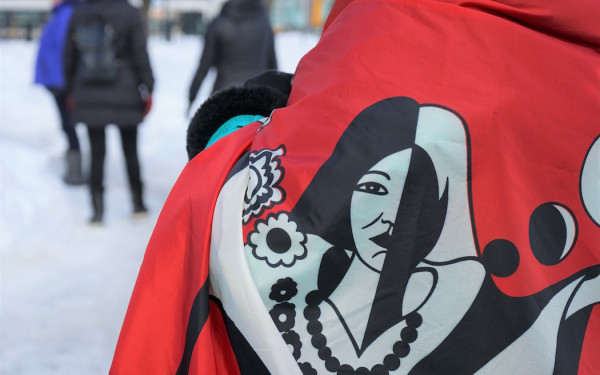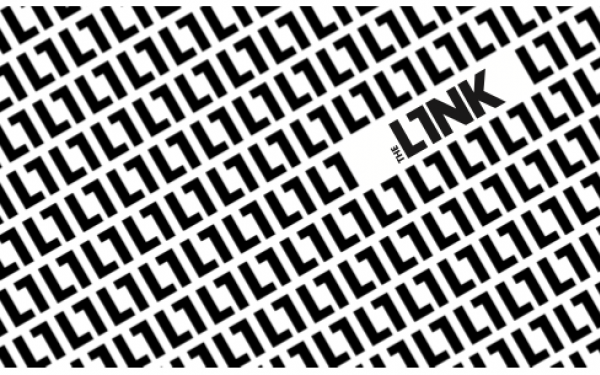Editorial: Canada Shouldn’t Get to Decide How Indigenous Women Identify
Canadian History is Built on Centuries of Deep-Seated Oppression Towards Indigenous Women
This weekend, several demonstrations organized by Indigenous communities took place in Montreal to highlight the continued disparity between the ideals of reconciliation set up by the Canadian government and the realities these communities face.
One of these demonstrations, the March for Equality, specifically called out the Canadian government’s discrimination towards Indigenous women in its legislation, notably as part of the Indian Act, which imposed a gender-based hierarchy that put women in the margins.
Canada was built on racism and the oppression of Indigenous peoples. The Indian Act—also a name used aimlessly to enclose Indigenous people in a category—highlights Canada’s racist and discriminatory practices. While the 143-year-old law has been amended several times, it’s still as backwards and in need of a complete change as its age would suggest.
While establishing itself in 1867 and living on unceded Indigenous lands for centuries beforehand, Canada has been dictating Indigenous peoples’ identities throughout its entire history, and still does so today.
Part of the act’s implications is that Indigenous women are stripped of their identity. This is because the federal government deems it appropriate to define who is Indigenous and who is not. This is not new—practices to assimilate Indigenous peoples are constant and recurrent. An example of this is the 1969 release of the White Paper, a declaration from the Trudeau government to assimilate Indigenous peoples.
Before the 1985 reform, the act made it so that a woman with Indigenous status who married a man without status would lose her status, meaning she couldn’t be buried with her ancestors, inherit family property, or have access to treaty benefits. But, an Indigenous man who married a non-status woman would keep his status. The act was blatantly discriminatory towards Indigenous women, in order to push the patriarchal visions of Canadian society which disadvantaged and marginalized Indigenous women.
Once 1985 passed, the government implemented Bill C-31 which formed to rebuke the Indian Act and constitute it cohesively with gender equality under the Canadian Charter of Rights and Freedoms. This bill proposed significant changes specifically addressing the gender gap for Indigenous women and their status.
The inequality that the act’s ramification imposes on Indigenous women is backwards and unjust, especially considering all the other parts of Canadian society that have worked to put Indigenous peoples in the margins of society.
At Saturday’s march, Ellen Gabriel, a Mohawk activist from the Kanehsatà:ke territory, stated that Indigenous women don’t need the Canadian government “to tell us who we are.”
“It is not a privilege to be defined as an [Indigenous] under the Indian Act.”
Society’s patriarchal favouritism is shown explicitly through the treatment of women. The stigma has followed them and their children through cultural exclusion and isolation.
The United Nations denounced Canada’s discriminatory acts about First Nations peoples and their descendants through gendered status requirements under the amendments that have taken place since 1985. It wasn’t until Jan. 14 of this year that the UN obliged Canada to remove all gendered status requirements from the act, on the basis that they are discriminatory and racist.
Indigenous women have been fighting for more than 30 years against the discriminatory nature of the Indian Act. The act gives the Canadian government an undue authority on the status of Indigenous women.
The exposed sexism and racism written into the act was to separate Indigenous-women and their status as an attempt to deny membership and identity.
Amendments to the Indian Act don’t change the fact that Canada is still explicitly and deliberately defining Indigenous peoples’ identities. The time for real change is long overdue.
The Link acknowledges that there are Non-Indigenous who wrote, edited, and published this editorial about Indigenous power. With the lack of perspectives, we have to keep in mind that we are here to give people a platform without speaking on their behalf.


_600_832_s.png)



